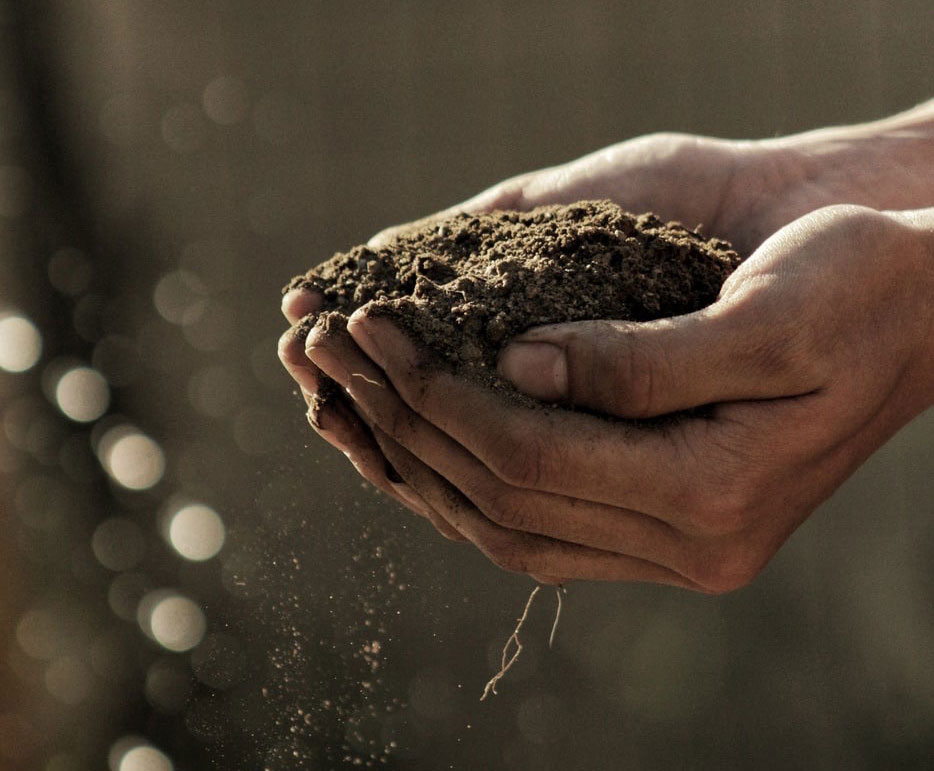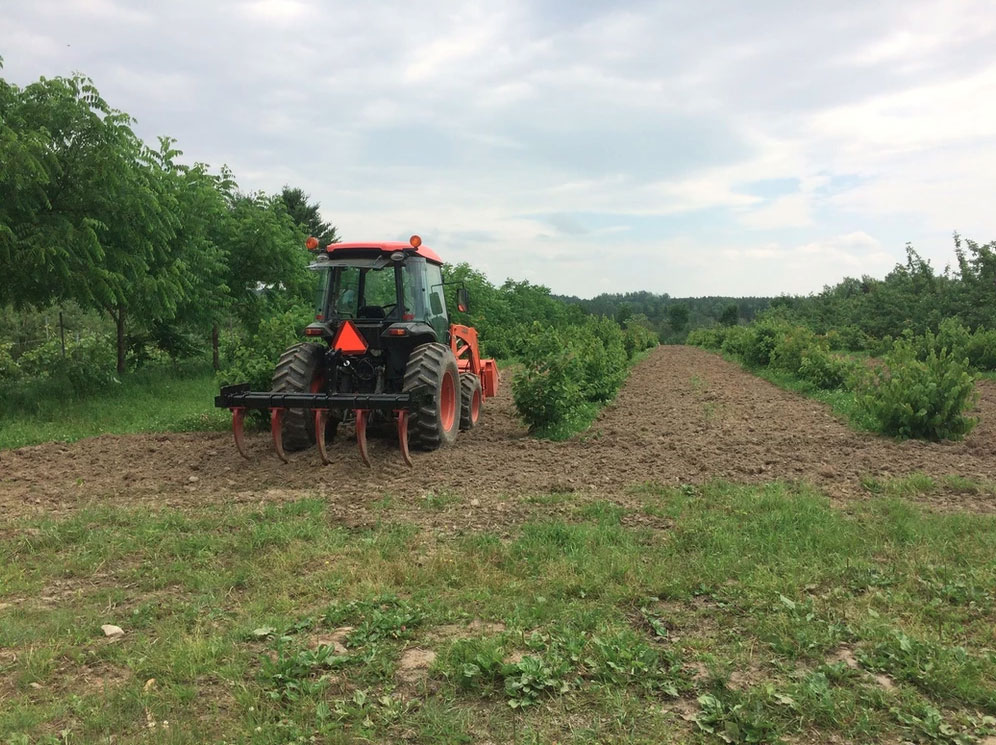You’re about to discover the various stages involved in starting up a truffle farm, an exciting adventure for nature lovers. You can learn more about selecting the most suitable trees, preparing the soil, choosing truffles and much more.
Growing truffles isn't rocket science!
1. Potential assessment

The site where you plan to set up your truffle farm has unique and often unchanging attributes. Knowing the characteristics, strengths and weaknesses of your site is a key step in planning a successful truffle farm.
Our experts will be happy to help you assess the truffle potential of your project.
2. Layout scenario
Once we are certain that your soil is suitable for truffle cultivation, our experts recommend the soil parameters to be improved and the trees to be planted.
Tree species may vary according to soil analysis results and field observations. Among other things, our experts will help you understand the layout of your land and determine the planting density for truffle trees.

NB: At this stage and subsequent ones, we strongly recommend that you retain the services of a partner agronomist to complement our fields of expertise and ensure the success of your project.
Several species of truffle trees are available:
- Hazel
- Charm
- Hickory
- Oak
- Pine
3. Soil preparation
Preparing the soil before planting a truffle plantation is crucial to creating the right conditions for truffle plants to grow fully and establish themselves over the long term.
When preparing the soil, the aim is to create a favorable environment for the roots of truffle trees. They need to be in contact with water and have access to soil nutrients. What’s more, they must have the space they need to grow without suffering deformation or encountering obstacles.
Preparing your future plantation depends on a number of factors, mainly related to the terrain, previous cultivation and the results of physical and chemical soil analyses.
As the cultural objective with a truffle plantation is to promote the mycorrhizal environment of your plantation, you may find that there are significant differences in terms of soil preparation, establishment and maintenance of a truffle plantation compared to more traditional crops.
Soil preparation steps
- Mechanical tillage
- Soil analysis
- PH and liming
- Fertilization

4. Installation
Truffle trees sold as multicells can be planted at any time of year, as long as the soil is not frozen and weather conditions are favorable. Ideally, a truffle bed is planted in spring or early summer, from May 16 to June 15.
Autumn is also an excellent season, as it avoids the hot temperatures that encourage evapotranspiration and make recovery more difficult. Summer planting is still possible, but requires more maintenance and frequent irrigation of the plants.

TRUFFES QUÉBEC TAKES CARE OF EVERYTHING
We offer truffle bed installation services. Enjoy peace of mind that everything has been installed correctly and optimally, and also benefit from a better trade-in guarantee. Setting up a truffle plantation includes marking, installing the trees and setting up the equipment (protective tubes and jutes).
Once your soil is ready and the planting scenario has been confirmed, we’ll work out a timetable with you for the installation of your truffle farm. We estimate that it takes one week to set up a truffle plantation of around 1 hectare and 1,250 trees, although variations are possible depending on weather conditions.
5. Maintenance
Proper management of the plantation is necessary to obtain good production. In market gardening, maintenance techniques can easily be observed in tree growth, flowering, fruit enlargement and so on.
However, truffle cultivation involves the development of a fungus in the soil that is not directly observable. The first indication of good truffle growth is the appearance of burns, a zone of vegetation mortality around the trunk of the truffle tree, between the fourth and seventh years. It is also possible to observe the proliferation of mycorrhizae on tree roots, or to detect the presence of mycelium using molecular soil analysis. At this stage, it’s important to keep protection, irrigation, weeding, fertilization, pest control and tree pruning in mind.
Truffes Québec supports its members
To this end, we offer our grower members rigorous advisory services, technical data sheets, a management booklet, networking and ongoing training to help you perfect your knowledge and ensure that your truffle beds bear fruit.

6. Harvest
Patience is the key to success! The first truffles are generally harvested two to three years after the first appearance of the brûlé, which occurs four to seven years after the truffle plant has been established. When it’s time to harvest, from August to December, it’s best to harvest once a week, so that only mature truffles are picked.
Truffles, generally on the surface, can be found up to 40 cm underground. Since humans can’t detect the aroma of mature truffles, the two possible harvesting options are the garden claw or the help of a truffle dog.
Garden claw
This method involves scraping the soil to expose the truffles. The claws must be operated delicately to avoid excessive damage to the tree’s roots.
Truffle dog
Most dogs have a sense of smell well developed enough to detect the scent of truffles underground. If you have a dog, all you need is a little truffle oil and a few batteries to train him to recognize the smell of truffles. Your dog will naturally tend to scratch the ground where the truffles are located. All you have to do is reward it, then carefully excavate the precious mushroom.
Starting a truffle farm
For truffle gardens of less than 100 trees, we invite you to consult the
online store
.
For projects of more than 100 trees, we invite you to complete the application form below to personalize your project.
Legal notice
The customer is informed that the recommendations of Truffes Québec Inc. are limited to truffle-growing only, and are based on the best emerging data from current knowledge in this field. This advice does not replace the recommendations of an agronomist. Truffes Québec Inc. recommends that each grower also retain the services of professional agronomists from their local Agriconseils-accredited agri-environmental club. Truffes Québec cannot guarantee the yield of a truffle farm.

